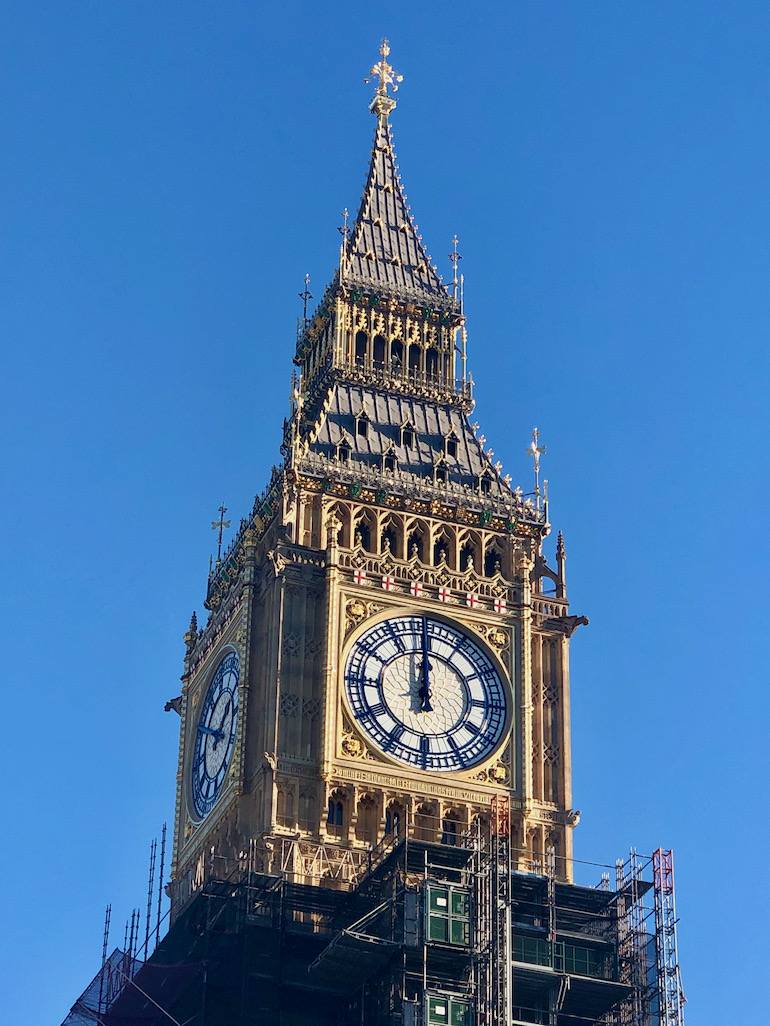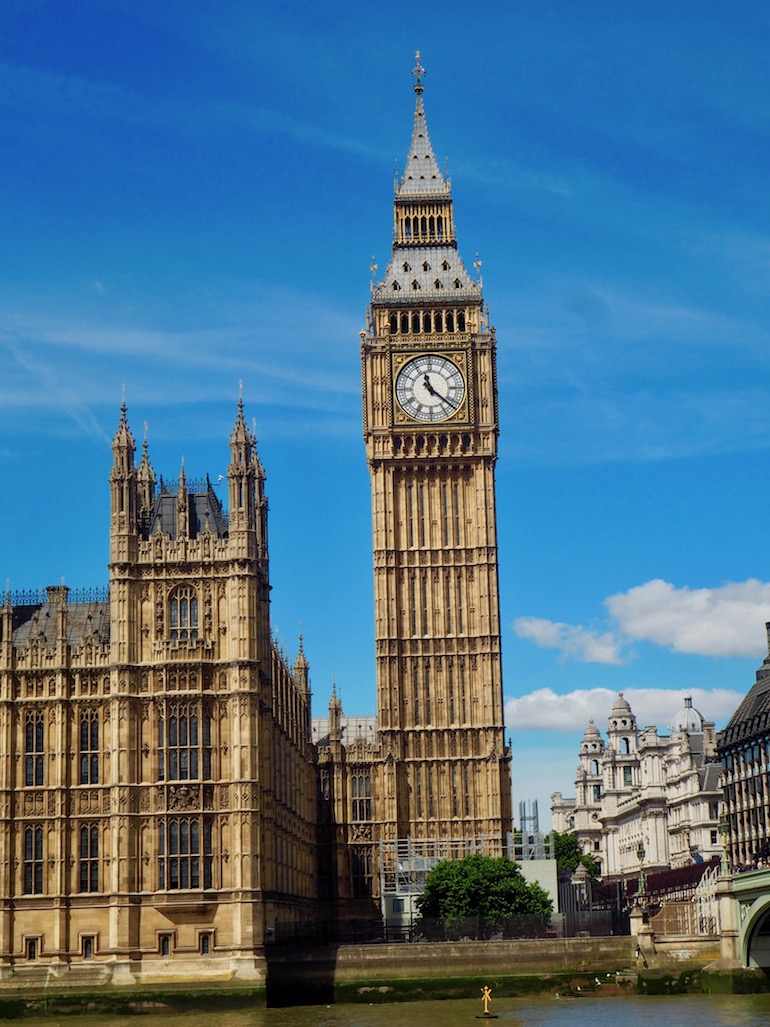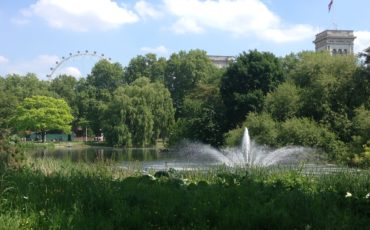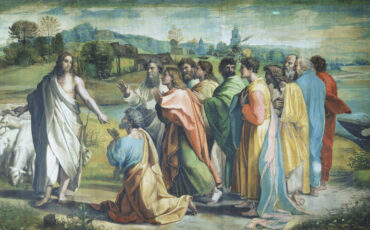London saw in 2022 to the traditional sound of the bells of Big Ben at Westminster. Although the annual fireworks display which is a part of the New Year festivities was cancelled because of the coronavirus pandemic, Londoners and visitors to the capital were able to see as well as hear Big Ben for the first time in four years since it was covered with scaffolding and silenced as a result of the restoration programme at the Palace of Westminster, better known as the Houses of Parliament.
As any Blue Badge Tourist Guides in London can tell you, the traditional name ‘Big Ben’ applies to the bell placed behind the famous clock. The clock face can once more be seen as scaffolding is removed from the ninety-six metre tall Queen Elizabeth Tower at the eastern end of the Palace of Westminster. Working from the original designs by the architect Sir Charles Barry, conservationists restored the Prussian blue and gold colour scheme on the dials and hands of the clock. They believe that the previous black paint on the dials and stonework was chosen in the 1930s to mask the effects of pollution.
The restoration of the Queen Elizabeth Tower will cost in the region of £80 million, a price that increased by nearly £20 million from the original estimate after the discovery of asbestos remains, damage caused by bombing during the Second World War and further unexpected pollution problems.
 Ben Big uncovered after renovations near completion. Photo Credit: © Ursula Petula Barzey.
Ben Big uncovered after renovations near completion. Photo Credit: © Ursula Petula Barzey.
No one is absolutely sure where the name Big Ben comes from. Various suggestions have been put forward, the most common being that it was named after the Minister for Public works Benjamin Hall who, at six and a half feet (nearly two metres) tall was certainly an imposing figure.
Another well-known man at the time when the Palace of Westminster was rebuilt in the mid-nineteenth century was Ben Caunt, a formidable bare-knuckle boxer who would sometimes fight his opponents for sixty rounds. No points were awarded in boxing matches during the nineteenth century and boxing gloves were not used. The two fighters continued punching each other until one was either knocked out or gave in. Caunt was a highly successful boxer who was nicknamed ‘Big Ben’ and this name soon became attached to any large, formidable object.
It is quite possible that these two theories on the origin of the name Big Ben both have an element of truth in them. According to popular legend, one Member of Parliament, after listening to a long speech by Benjamin Hall on proposed names for the, and interjected with the suggestion: “Why not call it Big Ben and have done with it?” This remark was not mentioned in Hansard, the official record of all speeches in the Houses of Parliament, but the unknown MP’s suggestion was taken up and the name Big Ben stayed and has been used ever since.
Millions of tourists have taken photographs of the Queen Elizabeth Tower in Westminster and told their friends back home that they have a picture of Big Ben. Although, strictly speaking, they do not because the name applies to the bell, not the clock, few people will pedantically correct this mistake. Once again, the famous Big Ben clock tower can be seen – and photographed – by people visiting London.
 View of Palace of Westminster and Big Ben from the Thames River. Photo Credit: © Ursula Petula Barzey.
View of Palace of Westminster and Big Ben from the Thames River. Photo Credit: © Ursula Petula Barzey.







Leave a Reply